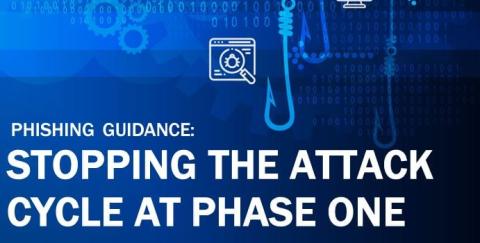New Amazon-Themed Phishing Campaign Targets Microsoft Live Outlook Users
Several months ago, Netskope Threat Labs uncovered a surge in PDF phishing attachments infiltrating Microsoft Live Outlook. These attacks were part of a larger series of phishing campaigns aimed to trick unsuspecting users. Upon closer examination, it's now apparent that the majority of these campaigns centered around Amazon-themed scams, with occasional diversions into Apple and IRS-themed phishing attempts.





